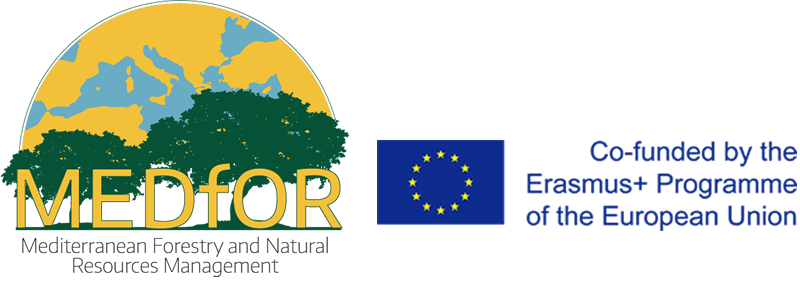An ecological-economic approach to assess impacts of Eucalyptus Woodlot Expansion in Agroforest Landscapes of Northern Ethiopia
Dagm Fikir Abate. 2020. An ecological-economic approach to assess impacts of Eucalyptus Woodlot Expansion in Agroforest Landscapes of Northern Ethiopia. Master Thesis. The University of Lisbon - School of Agriculture
Supervisors:
Professor José Guilherme Martins Dias Calvão Borges
Dr Susete Maria Gonçalves Marques
Abstract
The study is the first optimization-based case study for forest plantations in Ethiopia, aimed at providing evidence to support economic and environment outcome-based decisions for management of existing as well as future Eucalyptus plantations to be established by converting current crop lands in the agroforest landscapes of Wogera district, Northern Ethiopia. The study is based on inventory data collected from 60 sample plots of Eucalyptus plantation and neighboring crop land distributed across the case study area. The collected data were organized and analyzed to produce a yield table and cashflows over a nine-year planning horizon. Twelve different linear programming models well developed and analyzed for single objective optimization (mainly LEV maximization), whereas Pareto Frontier tool was used to analyze the tradeoff. The main finding was that as far as the objective is to maximize the total economic gain from the sale of Eucalyptus wood poles, Eucalyptus plantation is the best and feasible land use as compared to the crop production alternative, and thus, favors a complete conversion of the available crop land into Eucalyptus woodlot. In order to at least meet the annual crop production / consumption requirements of households in the case study area, the total land area under Eucalyptus should be limited to 1772 ha (out of the total 1987 ha). However, this land cover limit should be decreased to 921 ha so as to limit the total annual water use (used for biomass production) below the amount available from rainfall. The current study also showed the potential application of Pareto Frontier to analyze the tradeoff among multiple objectives in Ethiopian context; and found that maximizing the harvested wood volume or LEV would come at the cost of decreased aboveground carbon stock and volume of ending inventory and higher total water use. It also provides different optimal pareto front points among which decision makers will be able to select their preferred targets.
Keywords: Eucalyptus Woodlot, Carbon Stock, Crop Production, Water Use, Optimization



